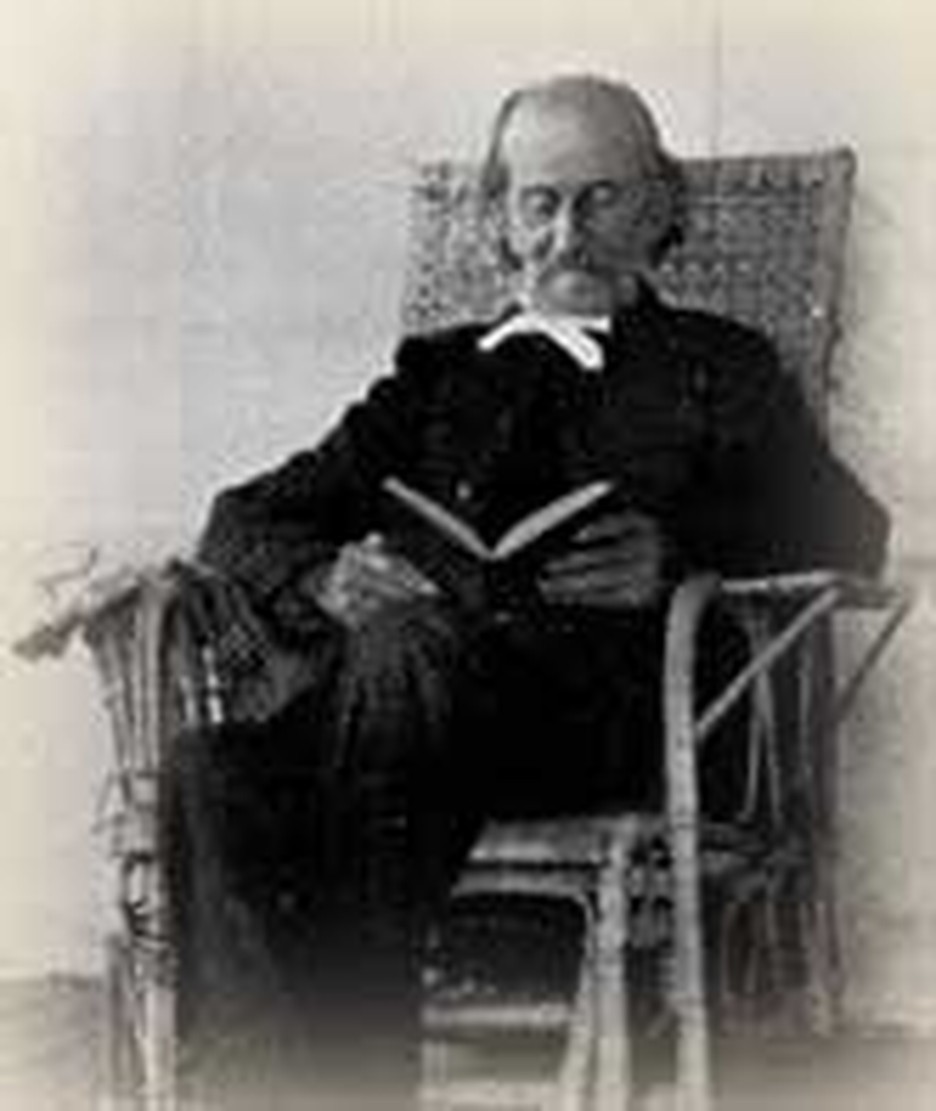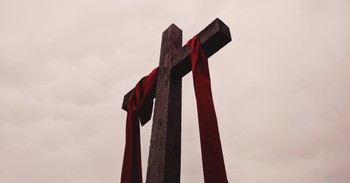
If the man or woman in the pew were asked to name one or two great Christian of South Africa, many would think of David Livingstone who spent some years there, a few of Robert Moffat, and here and there someone of Andrew Murray. Almost none would recall the unsung heroes whose stories Horton Davies recounts in Great South African Christians.
On this day July 9, 1737 the first Protestant missionary to South Africa arrived at the request of the Dutch church. He was a Moravian, a man who had suffered great brutality in the prisons of his homeland for no more crime than sharing his faith. Georg Schmidt was determined to reach the Hottentots for Christ. The Dutch mocked him. Hottentots were beyond redemption, they said. Nonetheless Schmidt persevered, sharing tobacco and faith around village fires each evening. He won five converts. When he baptized them, Dutch clergy grew frightened that he was establishing a competing church and threw him out of the colony. He left behind a Dutch Bible which the grandchild of one of his converts was able to read many years later.
A French Huguenot, Eugène Casalis, developed a heart for Africa. Because he was dropped on his head as a youth, few expected him to live, much less become a pioneer missionary. After severe training, he and two comrades, Arbousset and Gosselin made their way to South Africa. Another missionary suggested Basutoland as an area much in need of work. And so Casalis and his friends went to the Basuto . They visited the great chief and asked for a place to stay that they might live among the tribesmen and teach them of the God who could bring them a godly life; as a bonus they would show the Africans new techniques of farming. The great chief, Moshesh, agreed, and the mission station was christened "Morija" on this day, July 9, 1833.
Despite homesickness, Casalis accomplished much. The Basuto especially appreciated the French for bringing cats to them. They had been infested with mice and did not have domesticated felines. New fruit trees and better breeds of animals also improved the native lives. Meanwhile Casalis taught the good news that Christ died for Africa's sins and we, by faith, can be cleansed.
Another auspicious day for South Africa occurred on this day, July 9, 1875 when Ernest Creux and Paul Berthoud, seminary friends, founded a mission to the Gwamba-speaking people at Valdezia in the Spelonken area of South Africa. The Boers warned them the language could not be learned. Creux and Berthoud not only learned it, they translated the scripture into it. Before their deaths, the church had grown to many hundreds. Berthold lost his wife and five children to disease. Creux lost three children. He was also imprisoned by the Dutch when they fought the Gwamba-speaking people. The Boers suspected he might favor the natives. The work succeeded in spite of such difficulties because the men trained native evangelists and pastors who carried on when their mentors were unable to do so.
Bibliography:
- Davies, Horton. Great South African Christians. Cape Town, New York, Oxford University Press, 1951.
- Meyer, F. B. A Winter in South Africa. London: National Council of Evangelical Free Churches, 1914.
- Neill, Stephen. A History of Christian Missions. The Pelican History of the Church #6. Hammondsworth, Middlesex, England: Pelican Books, 1964.
Last updated April, 2007.


